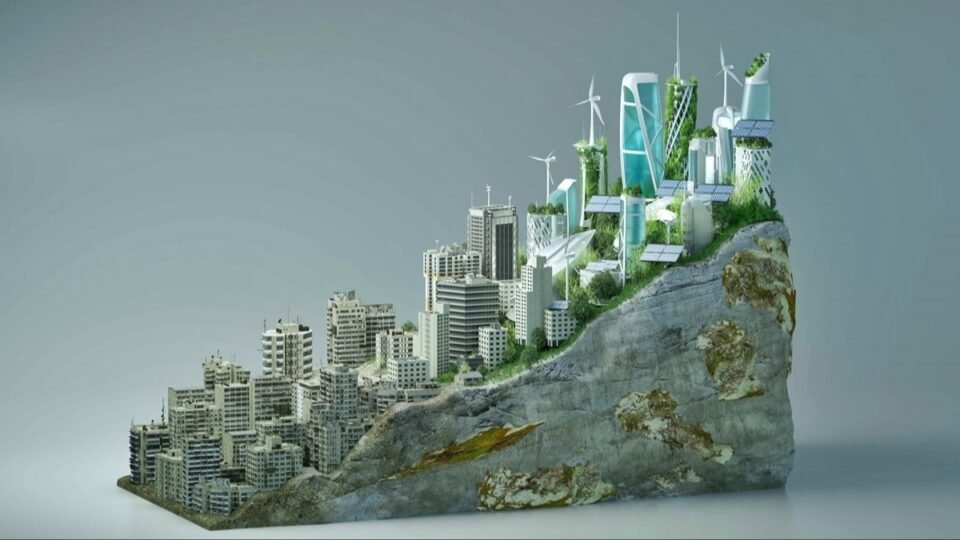Cost overrun (COR) and time overrun (TOR) have always been a major challenge for the policy-makers in the implementation of infrastructure projects. Both cost-and-time overrun leads to excessive wastage of money and resources and its increase cannot be said to be good for fiscal health of the country. Though, the significant surge in cost overrun occurred during the global pandemic period.
Despite this, this has become a serious challenge for fiscal mathematics. At present there are 421 infrastructure projects that have been hit by cost overruns as their actual expenditure is more than the estimated budget. Apart from this, 845 projects or 46.15 percent of total projects are reporting time overruns because their actual completion period shall be more than the scheduled period. Thus the average time overrun in these projects are 36.64 months to the date.
It is important to understand here that at a time when the government has prioritised capital expenditure especially in infrastructure projects to revive and sustain economic growth, COR and TOR can become major barriers.
The Indian economy has witnessed a surge in capital expenditure (capex), especially, in infrastructure projects over the past couple of years. According to the Controller General of Accounts (CGA), capex showed a strong growth of 33.72 percent during April-October of the current fiscal against the same duration of previous year. The government capex has been picked up as intended in the previous budget speeches of the finance minister and to some extent by the states. The Union government’s capex has grown at a compound annual growth rate of 20 percent in the post global pandemic period.
Let us understand the number of cost-and-time overruns of projects. The Ministry of Statistics and Programme Implementation (MoSPI) monitors infrastructure projects worth Rs 150 crore and above through the Infrastructure and Project Monitoring Division. The ministry has come out with its latest 456th Flash Report on central sector projects to share the status of 1831 projects in 22 infrastructure sectors with us.
Out of 1831 projects, 55 projects are doing well and are ahead of scheduled time and 623 projects are on schedule. It is important to point out here that the number of delayed projects that abates from 837 to 628 in the last month, now again increased to 629. Moreover, 308 projects have not reported their status and 264 projects have reported both cost-and-time overruns.
The original estimated cost of carrying out the 1831 projects was Rs 25.11 trillion; now their anticipated execution cost is likely to be Rs 29.51 trillion. It evinces overall cost overruns of more than Rs 4.41 trillion. It is 17.56 percent of original cost and 1.47 percent of projected nominal GDP of Rs 301 trillion. In other words, it can be said that COR of these projects are eating the funds allocated for other projects.
Notably, this COR will either be compensated from the funds allocated in the budget for new projects or it will increase the fiscal deficit. At this moment in time, it accounts for 44.06 percent of the funds reserved for capex of Rs 10.01 trillion and 24.68 percent of the budgeted fiscal deficit of Rs 17.87 trillion.
The government has already spent Rs 15.58 trillion on these projects. The amount spent on ongoing projects, which was 62.07 percent of the original cost, will now be 52.80 percent of the anticipated cost of the projects. This is the wastage of taxpayers’ money. COR is about 13.13 percent of the gross tax estimate and 18.92 per cent of the net tax estimate of FY24.
The reasons for cost-and-time overrun vary from project to project. It might be project specific, depending upon a variety of financial, technical and administrative factors. Nevertheless, the bigger problem is the lack of coordination amongst the different wings of the Government. Though, COR and TOR could not be avoided, the cost escalation due to delay in project could be minimised.
The government should come up trumps, do the homework to resolve all issues before announcing any project. Because once a project starts, hurdles like land acquisition, rehabilitation of displaced populations, etc. are problems of lack of foresight and planning. Wastage of money and resources can be controlled by careful monitoring and developing appropriate actions on a priority basis to ensure timely completion of projects.
Views are personal. The author is an Associate Professor at I.T.S Ghaziabad, an author and a columnist.

